Patrick Smith - An Interview
Patrick Smith - Conversations with Creatives
Quick Summary
Conversations with Creatives is an ongoing interview series between myself and those that truly inspire me. This is a space for me to dig deeper into their creative journey and process to uncover more about what led them here, what pushes them forward and what they hope to achieve.
Interview #3 - Patrick Smith
Patrick Smith is a Welsh-German film photographer based in Schwerin, Germany.
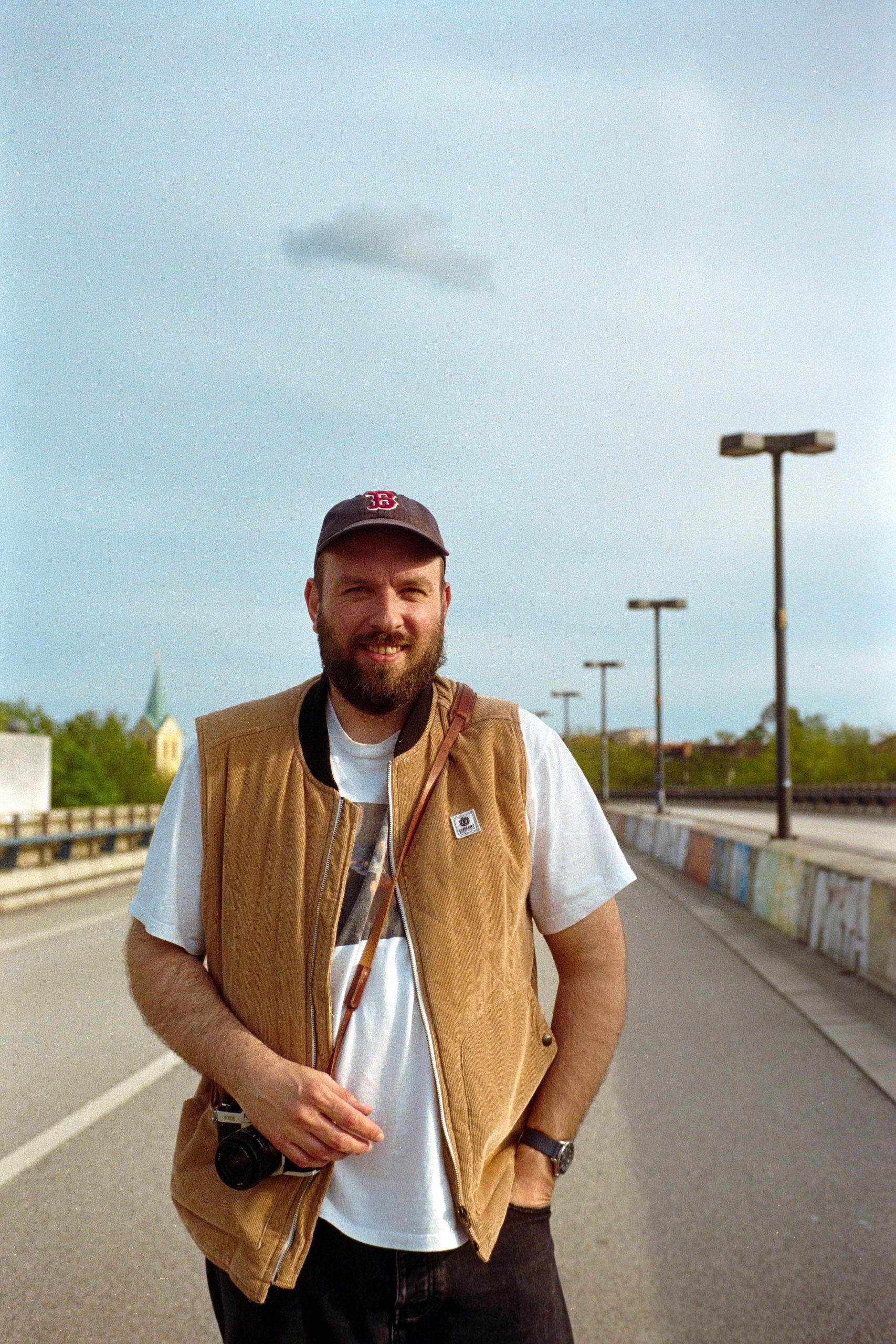
Patrick’s creative journey spans continents and contrasting lifestyles; early experiments with photography evolved into a deep commitment to film, a medium he believes uniquely captures the nuances of light and emotion that digital often misses.
After spending 14 vibrant years in Berlin, immersed in one of Europe’s most dynamic and exciting creative scenes, Patrick relocated to the charming town of Schwerin in northern Germany.
We explore this this transition, from the bustling energy of Berlin to a slower, more reflective pace of life, and how this has influenced his approach to photography. His work documents the delicate interplay between environment and humanity, drawing on experiences from both urban landscapes and serene, natural settings.
In this interview, we cover Patrick’s early days experimenting with digital and film, his formative years shaped by the diverse influences of Berlin, and how his recent move has spurred a renewed focus on capturing the quiet beauty of nature. Join us as we delve into the inspirations, challenges, and creative processes that continue to define his work.
1 - Creative Foundations
Can you tell me about your journey into photography? Was it always film photography, or did you start with digital?
I have always liked taking pictures, even as a kid using cheap film cameras. I started getting serious about photography during university. At first, it was all about digital cameras—my first serious digital camera was a Nikon DSLR, eventually leading to a Fuji X100V. Over the following years, my interest evolved, and as I got more into photography, I also started diving deeper into film photography around 2018–2019. Now, my photography is about 99% film and 1% digital.
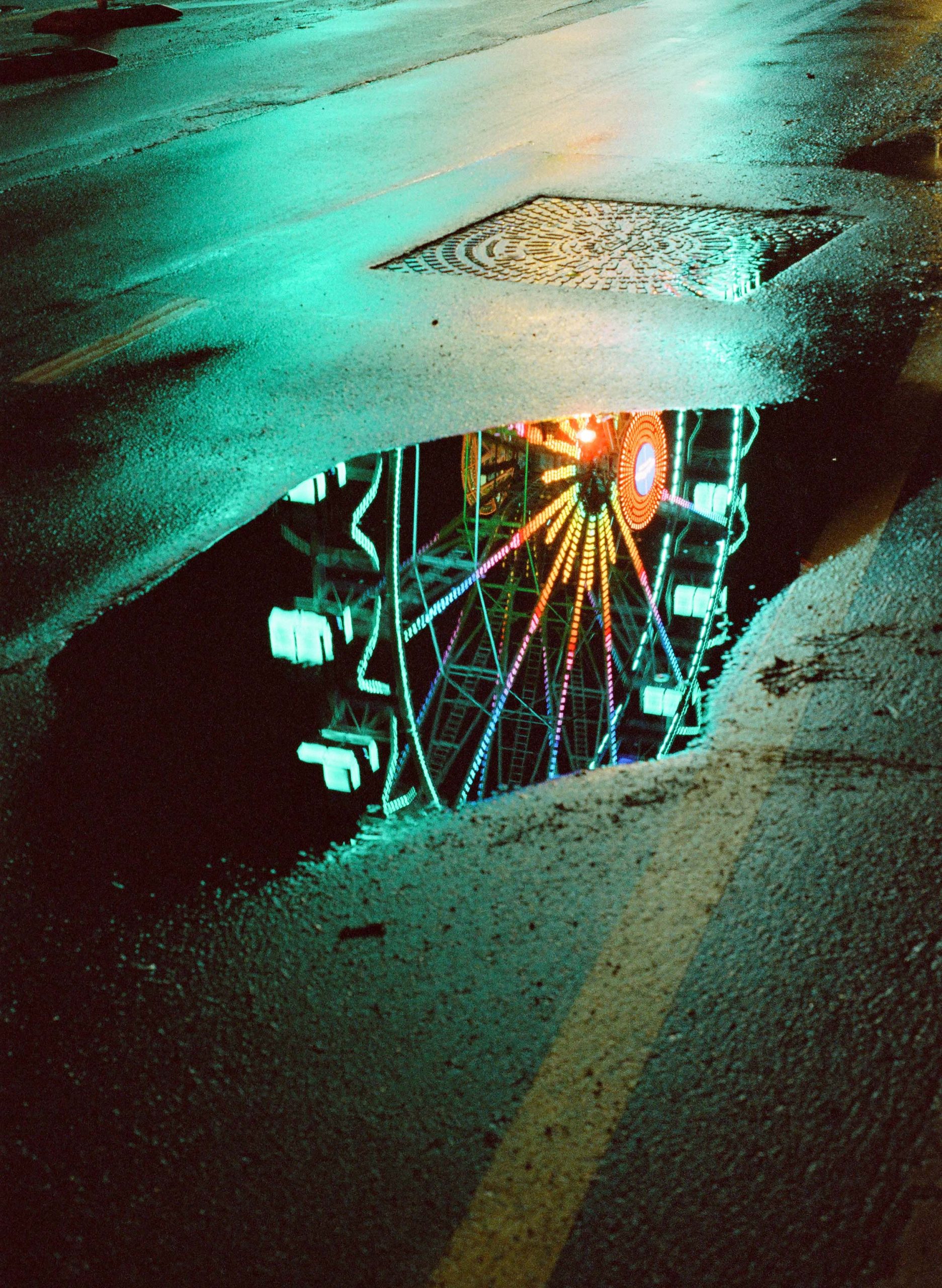
What first drew you to film photography, and what about it keeps you captivated?
I have always found film photography fascinating. What tipped the scales and made me dive into it was a trip to the U.S. with my best mate in 2019.
My friend was using a Nikon F3 while I was shooting digital. During the trip, I loved watching the slower, more deliberate approach to taking pictures on film and the entire creative process.
It made me decide to give it a serious try myself. Upon returning to Germany, I bought a Minolta XD7 with a 50mm lens, got totally hooked, and haven’t looked back since
How has your dual heritage as Welsh-German influenced your creative perspective and the way you see the world through your lens?
I’m not sure that my dual heritage has greatly influenced my photography. However, I feel very blessed to have had the opportunity to grow up and live in both countries and to call such a beautiful place as Wales my second home.
I’m also grateful that I can return to Wales as often as I like to photograph its stunning countryside and the people who live there.
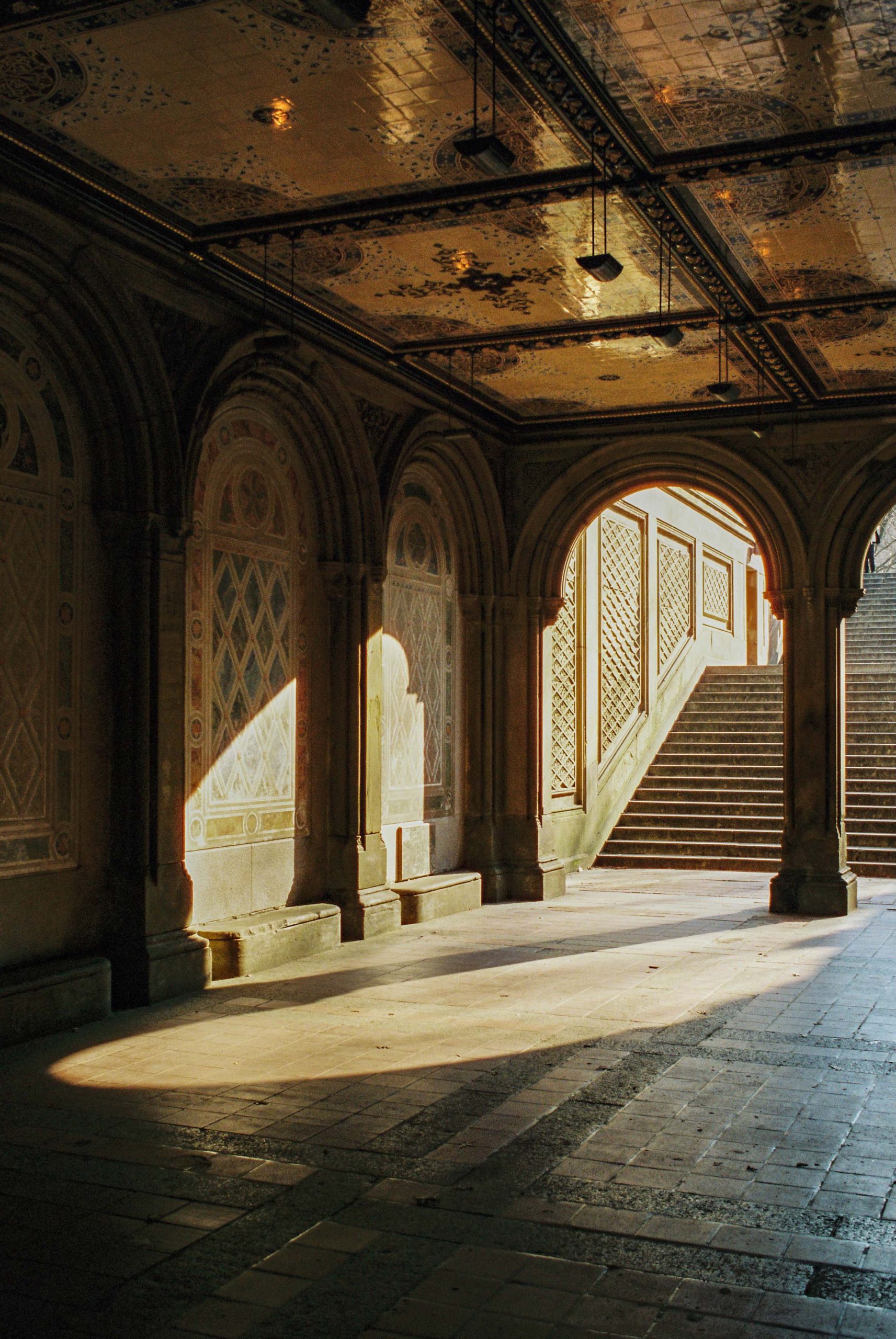
2 - On the Move
Berlin is often regarded as one of the most creative cities in Europe. How did your time there shape your approach to photography and creativity in general?
Berlin has had a huge impact on my photography and creativity. It’s such a fantastic city with so much to see, and there’s always something happening.
Because of its history and diversity, there are countless interesting photo spots, and you can constantly explore new areas. The city’s diversity offers endless potential for different photographic styles, helping me develop and evolve my own.
I really love Berlin for this.
If you enjoy shooting urban scenes or street photography, it’s like a giant creative playground. Plus, there’s a thriving community of photographers and other creatives, making it easy to connect with like-minded people and find inspiration.
The whole photography scene—especially the film photography scene—is amazing, and I loved attending meetups and photo walks.
On top of that, Berlin has so many photo galleries and exhibitions happening all the time, which are a constant source of inspiration.
Are there any specific places, people, or moments in Berlin that particularly stand out as formative for your work?
I think the entire city was formative for my work. I lived there for 14 years, and it inspired me every single day. If I had to name one factor that stood out, it would be urban night photography.
Berlin has so many incredible locations, both above and underground. If I hadn’t lived there, I don’t think I would have become so addicted to this style of photography.
I also have to mention the film photography scene again—there are so many talented people who continue to inspire me and influence my work.
How has your photography evolved since moving to Schwerin? Do you find the slower pace or different surroundings affecting your creative process?
I only moved here last June for a new job and to be closer to the German side of my family, who live in northern Germany, after my daughter was born. So right now, I’m still in the process of settling into a new environment.
Since moving, I’ve been shooting more landscapes and nature scenes, as well as a lot more black and white photography, which I’m really enjoying.
There are so many beautiful lakes here, and it’s so close to the Baltic Sea. The slower pace of life is also giving me more time to think about compositions and the overall process of shooting film.
In Berlin, with so much happening, it was easy to overshoot certain places or scenes. I’m also really enjoying exploring and discovering new scenes, subjects, and locations to shoot in and around Schwerin.
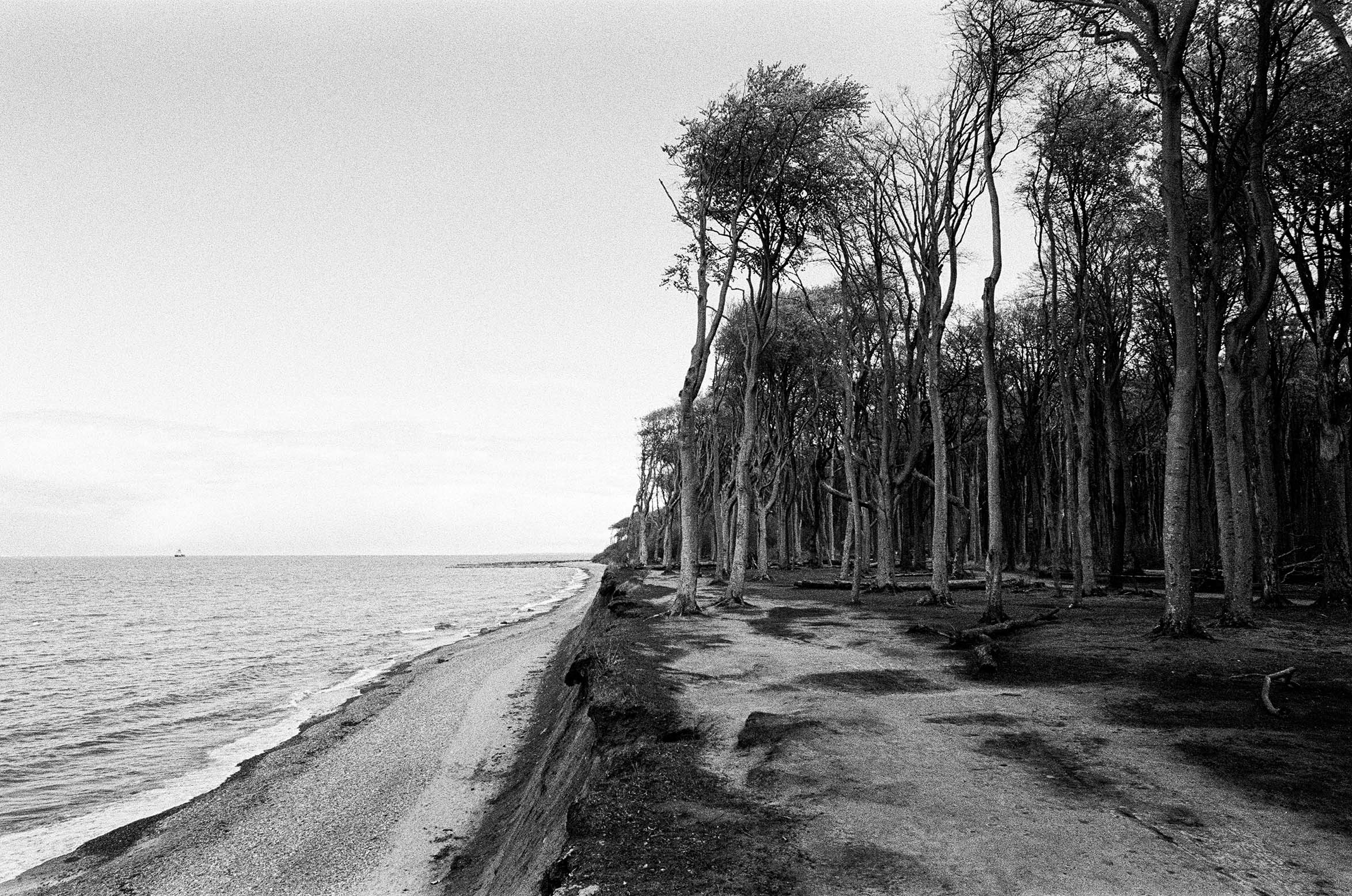
Schwerin seems like a stark contrast to Berlin in terms of size and energy. Has this shift influenced the types of subjects or themes you’re drawn to photograph?
There has definitely been a shift toward more landscape photography. Since this is a much smaller place than Berlin, there’s naturally less opportunity for urban or street photography.
This makes it harder to find subjects to photograph, as they’re different and not as immediately obvious—but I love this challenge.
In my opinion, every place, no matter how small, has countless subjects, motifs, and themes to explore. You just have to unlock them.
3 - Approach to Photography
You’ve mentioned being captivated by the nuances of light and emotion in film photography. How do you approach capturing these elements in your work?
I believe film is a truly unique and special medium in photography. The way it captures light and colour is something I find unparalleled and difficult to replicate with digital photography.
I have a deep appreciation for beautiful light, and that’s one of the main reasons I love shooting on film. It has an incredible ability to reproduce light in a way that feels natural and true to what I see in a scene, capturing nuances that make the final image special and unique.
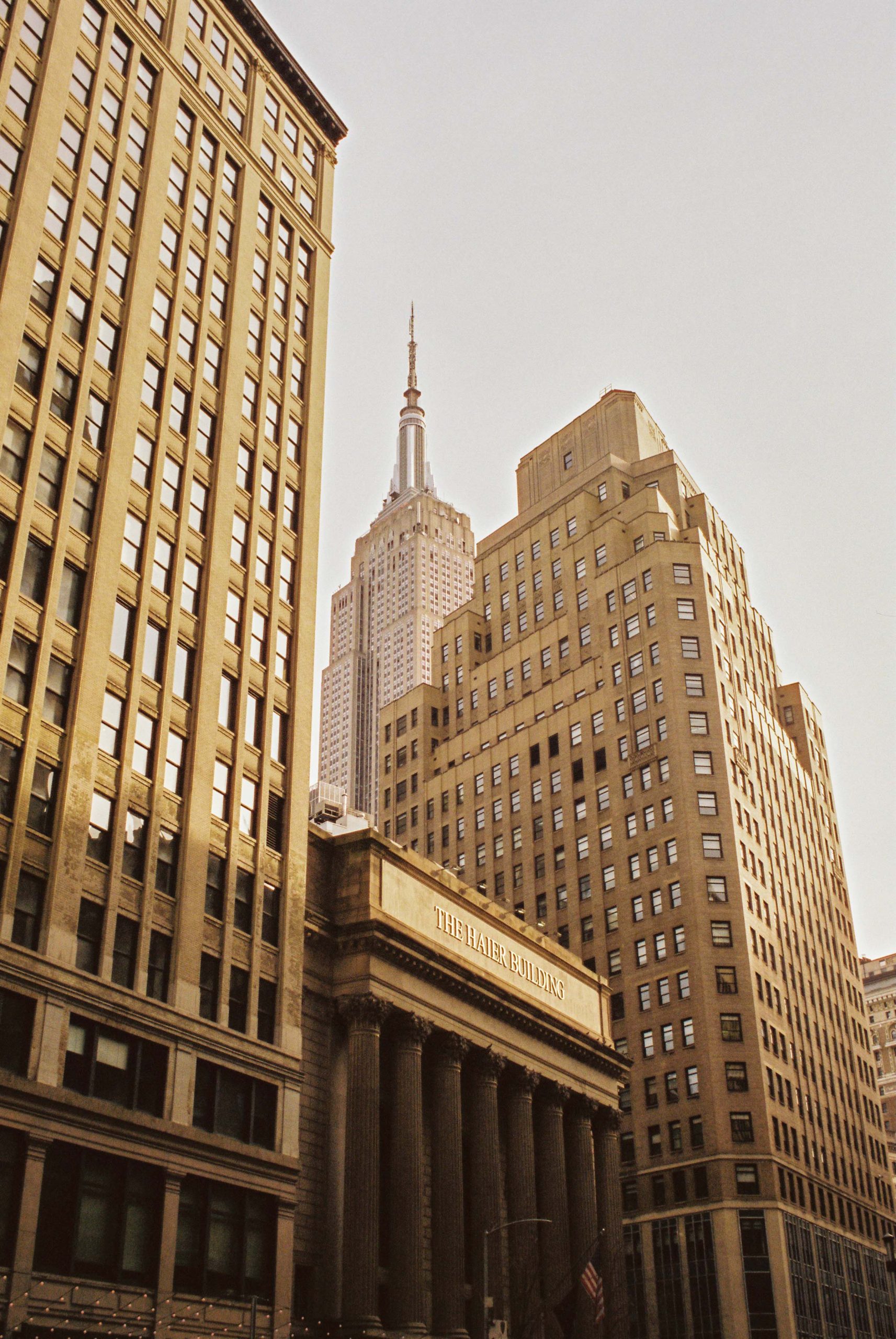
How much of your photography is planned versus spontaneous? Do you go out with specific ideas in mind or let the environment guide you?
At the moment, most of my photography is spontaneous, and I usually decide on the day what I want to do. I love letting the place, surroundings, and the conditions of the day guide my creativity.
This changes when I travel somewhere specifically for photography. In those cases, I like to plan ahead—scouting for interesting spots and locations, and deciding when to shoot based on the time of day.
I recently interviewed Abinav Thakuri, who has a daily practice of a morning photowalk - are there any rituals or habits that help you stay connected to your creative practice?
I have a habit of taking a camera everywhere I go. This really helps me take pictures nearly every day and gives me the opportunity to constantly evolve my photography. I also usually walk to work in the morning and try to take at least one picture every day on my way to the office.
How do you decide whether an image is finished and ready to share with the world?
As I hardly ever edit my images, I usually don’t put too much thought into the process. Once I receive the scans and find an image I like, I do a little fine-tuning in Lightroom and then share it.
Personally, I find it too stressful to overthink the editing process—I’d rather spend my time out taking photos than editing.
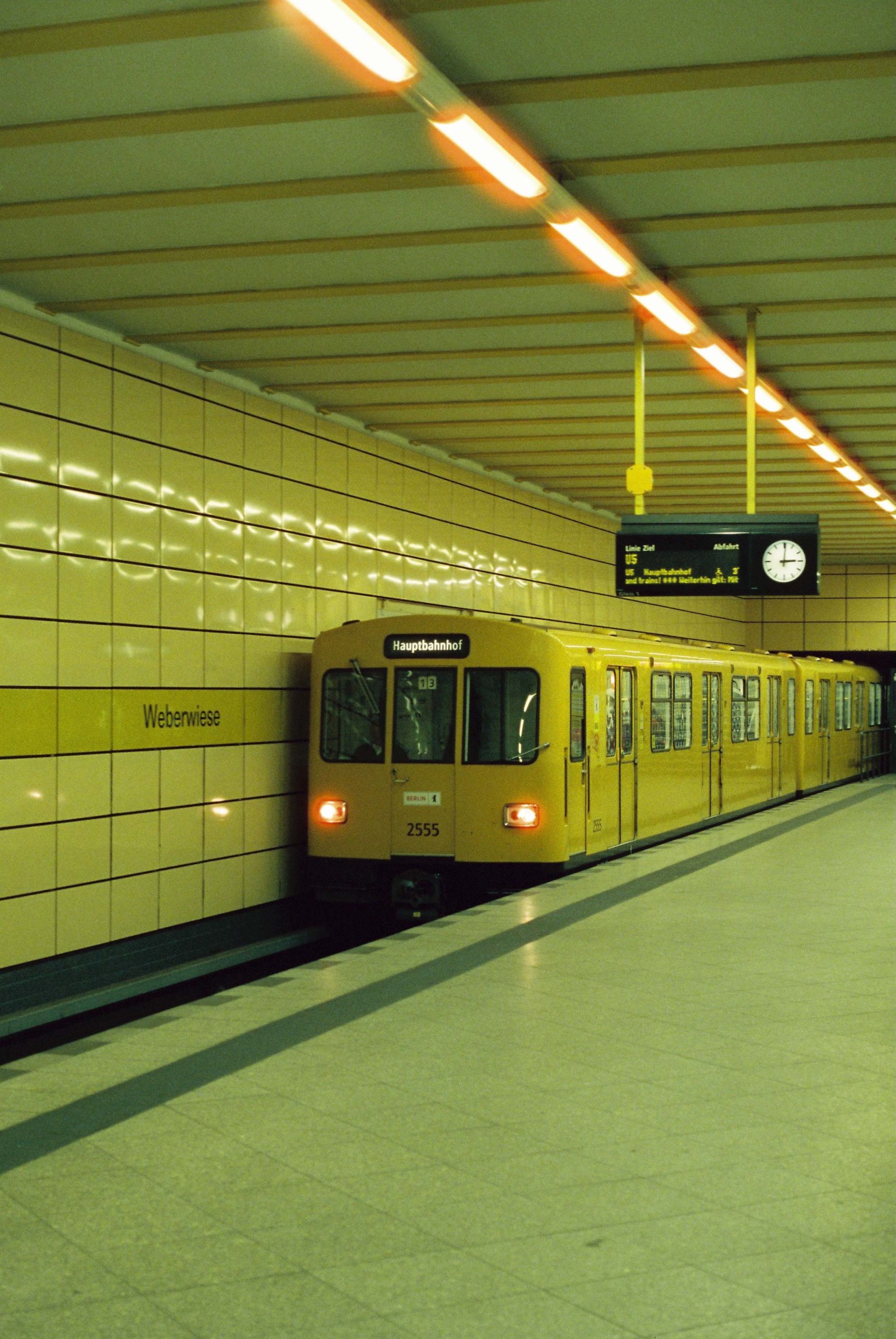
What role does storytelling play in your photography? Do you aim to tell a narrative with each image or more broadly across a body of work?
For me, photography is all about storytelling. Sometimes a single photo can capture a whole moment, while other times, a series of images works together to tell a bigger story.
I don’t always go in with a set narrative, but I try to capture a feeling or a sense of place. Something that makes people stop and connect.
The best shots, I think, are the ones that leave a little space for the viewer to find their own meaning in them.
How do you decide which film stock or camera to use for a particular shoot? Are there specific combinations you favour for different subjects or moods?
It really depends on the subject or place I’m shooting and the available light—whether it’s indoors or outdoors, a sunny day with beautiful golden light, a rainy evening, or an overcast and dull day.
When I shoot urban city scenes or night photography, I love using Cinestill 800T. It’s one of my favorite color film stocks for these kinds of subjects. I love how it renders tungsten lights and captures the mood of a big city or a nighttime scene.
Another example is fog—I absolutely love shooting black and white film in the fog. It gives me such a moody vibe, and I personally think it’s a perfect match. For foggy scenes, I always choose between Kodak Tri-X and Ilford HP5, both of which are my absolute favorites for black and white film.
When shooting on a sunny day or during golden hour, I tend to go for Kodak Gold or Portra 800. I really love those two film stocks as well.
Camera-wise, I use the Nikon FM2n about 90% of the time. It’s a fully mechanical camera, with the only automatic feature being the light meter. I love being in control of everything the camera does.
Plus, it’s super light and compact, which is awesome—I hate feeling restricted by a heavy camera or too much gear. I also have other Nikon SLRs, like the F100 and the F90x, but I tend to use them less frequently.
Recently, I’ve started shooting medium format on a Yashica Mat with a waist-level viewfinder, which I’ve been using a lot for landscape photography.
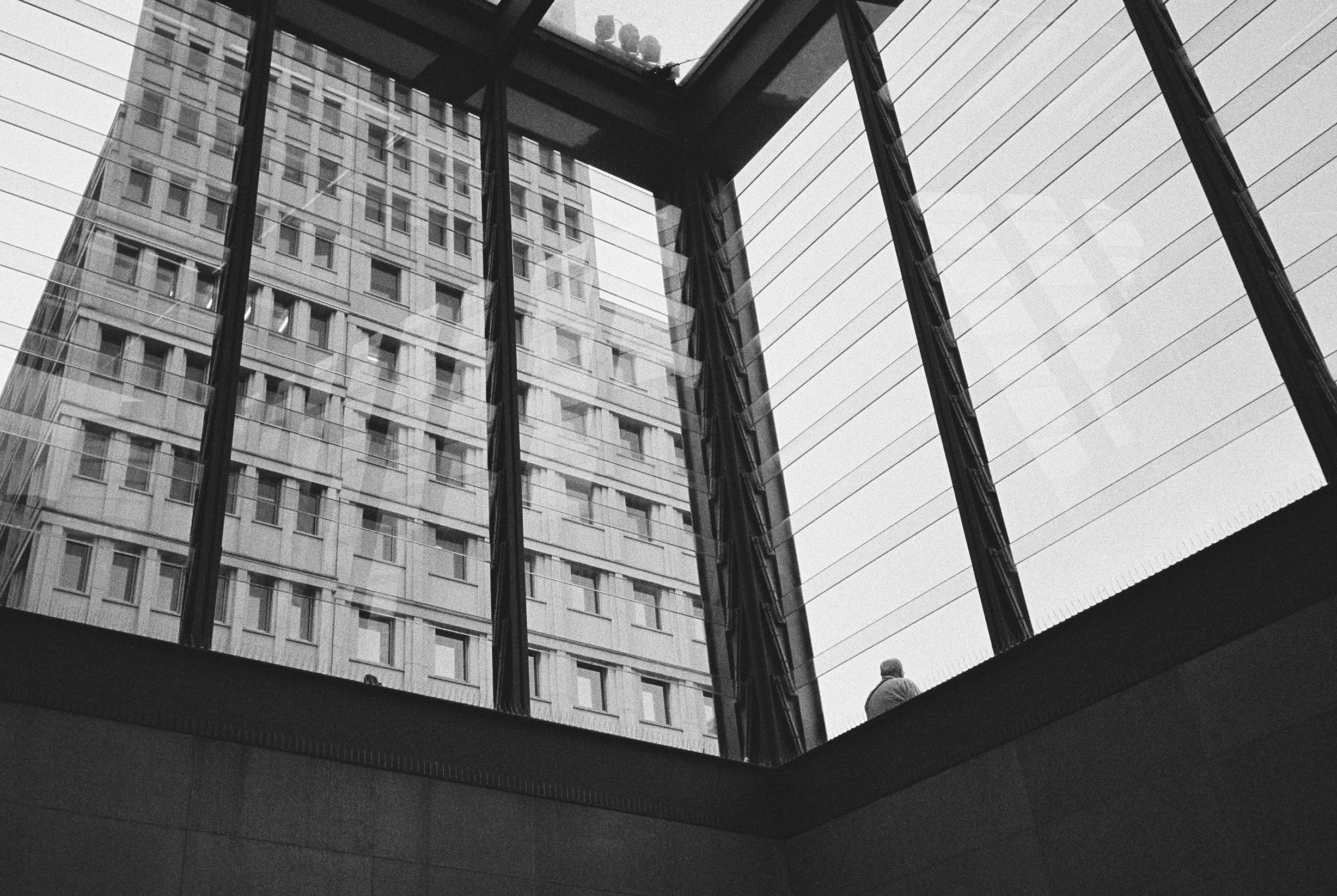
4 - Influences and Inspiration
Who are the photographers, artists, or creators that have influenced you the most?
There are so many amazing photographers who inspire me, and I often go through phases where I get hooked on a certain photographer’s work for a while, diving into their portfolio for inspiration. William Eggleston, Joel Meyerowitz, Nan Goldin, Alec Soth, and Todd Hido are just a few of the photographers who inspire me the most.
You quoted William Eggleston on your website: “Photography just gets us out of the house.” What does this quote mean to you personally?
I think it’s such a simple yet powerful quote. Photography is what makes me pick up a camera every day, go outside, see the world, and take pictures.
Are there particular subjects or themes that consistently inspire your work, such as certain landscapes, people, or emotions?
I love shooting all sorts of different subjects and try not to limit myself to specific themes. Especially since I’m still at the beginning of the learning curve, I want to try as much as possible to improve my photography and explore different techniques. I enjoy experimenting with new things and approaches.
I also tend to go through phases where I’m inspired by certain landscapes or themes. For instance, right now, I’m really enjoying shooting black and white film in bleak and foggy landscapes. When traveling, I always let the place, the city, and its people inspire my photography.
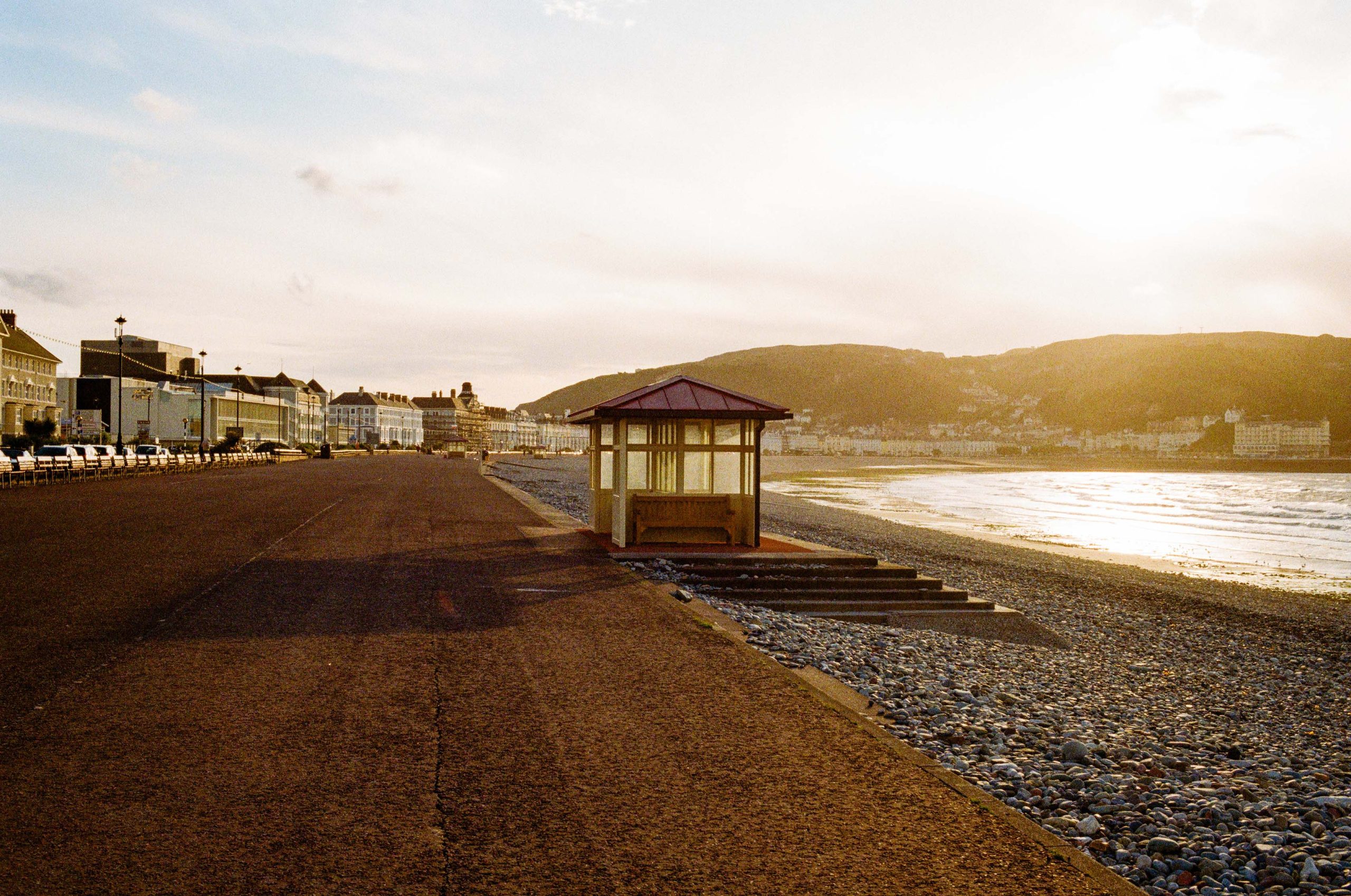
5 - Reflections & Future Plans
Looking back on your journey, what has been the most rewarding aspect of your work as a film photographer?
Being able to showcase some of my pictures in various open-call exhibitions in Berlin over the last two years has been amazing.
There’s just something truly special about seeing your photography printed, framed, and hanging on a wall for others to experience.
What advice would you give to someone just starting their journey with film photography?
Just have fun! Don’t worry too much about gear. Start with a cheap camera and use the extra money to buy more film—that way, you can shoot more and gain more practice.
Also, don’t get caught up in the hypes or trends on Instagram or other social media platforms. It’s super important to find and develop your own visual language instead of trying to imitate trends or feeling like you need to produce perfect images constantly to satisfy the algorithm.
This will only block your creativity and take away the fun.
Do you see film photography as primarily a personal practice, or do you also view it as a medium for fostering community or sparking dialogue?
Film photography is so much more than just personal practice.
I absolutely love the entire film community. There are so many amazing people in it, and I’ve had the chance to get to know so many incredibly inspiring photographers through it.
It’s such a supportive and creative community, and I truly love being a part of it.
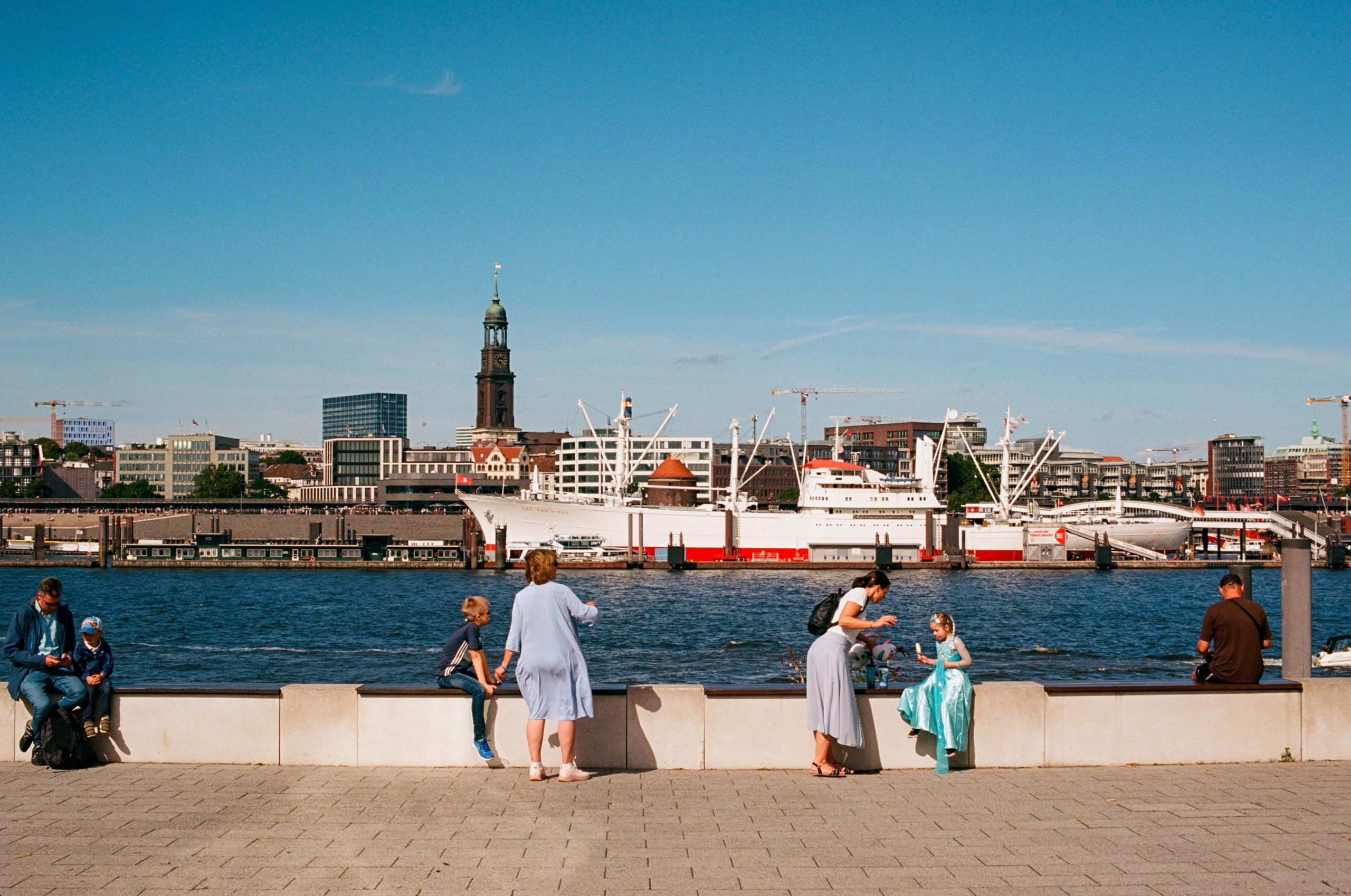
Are there any locations, subjects, or projects that you’ve always dreamed of photographing but haven’t yet had the chance to?
There are so many places I’d love to photograph. Japan, Iceland, and the Southern States of the US are at the top of my list right now.
As for projects, I’d love to accompany and document a specific community or group of people somewhere in the world over an extended period of time.
If you could summarise what photography means to you in one sentence, what would it be?
Photography is a huge part of my life and allows me to see and understand the beauty of the world around me in my own personal way.
Lastly, what do you hope people take away from your work when they see it?
I hope to inspire people to pick up a camera and express their creativity in their own unique way. I want them to experience how fun it is to capture the beauty of our world through the lens and tell their own visual life story.
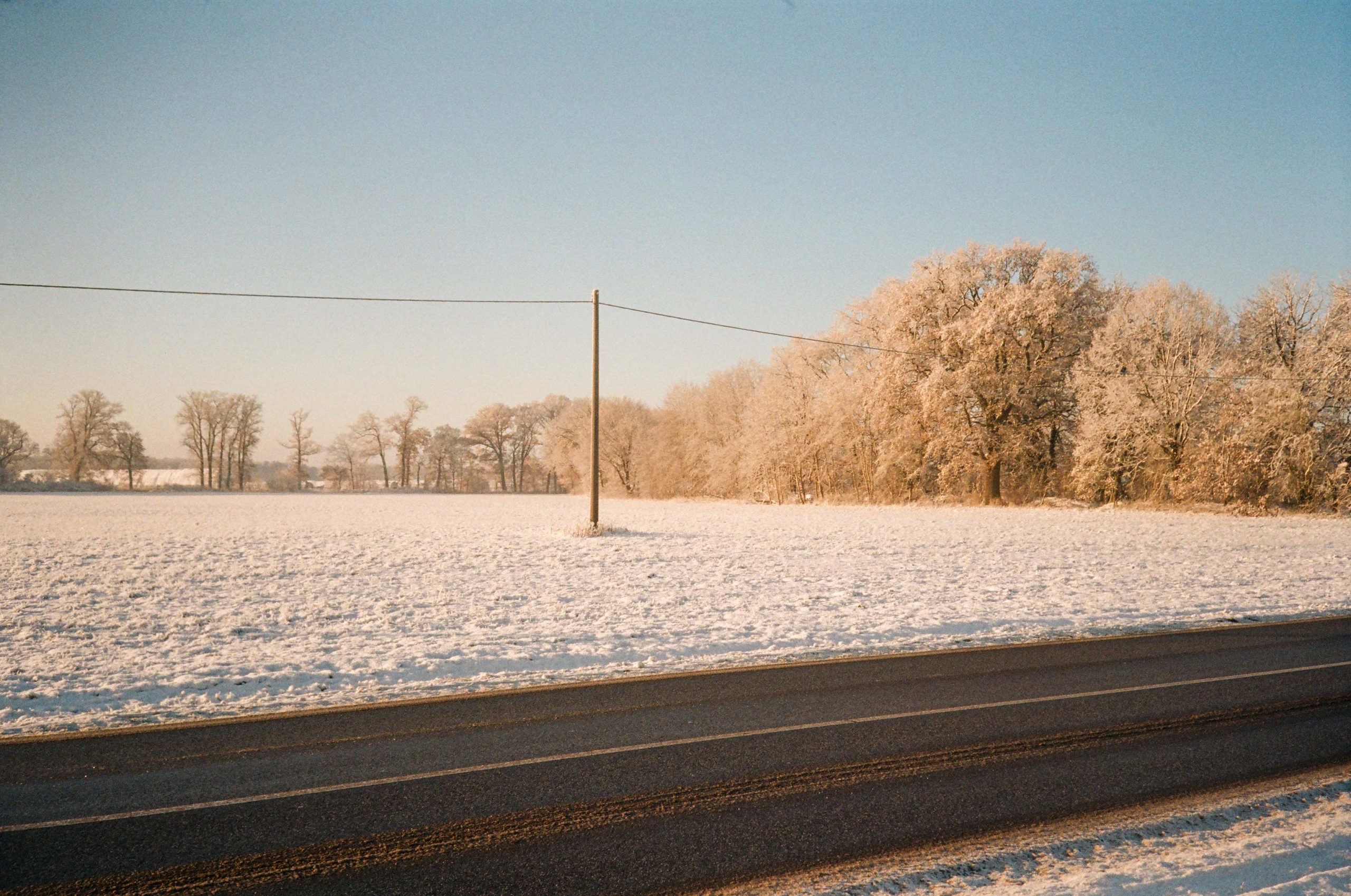
Fred Ostrovskis-Wilkes
I am a photographer, writer and design agency founder based in Sheffield, UK.